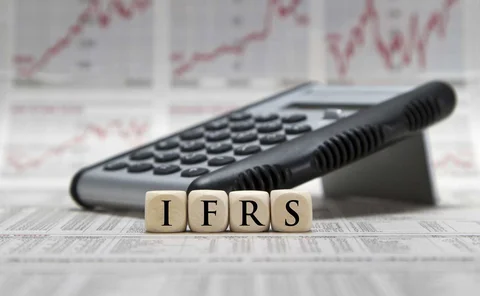Banking
The swap market model with local stochastic volatility
An easy to calibrate and accurate swap market model is proposed
Discrete time stochastic volatility
Quant proposes faster model to price arbitrage-free swaptions
Rogue traders versus value-at-risk and expected shortfall
VAR and ES are ineffective to deter rogue trading
The present of futures
Fabio Mercurio introduces a new multi-curve model for pricing futures convexity adjustments
Foreign exchange correlation swap: problem solver or troublemaker?
A correlation structure is an important element in pricing products such as correlation swaps
American quantized calibration in stochastic volatility
Fiorin, Callegaro and Grasselli show how discretisation methods reduce computing time in high-dimensional problems
Pathwise XVA Greeks for early-exercise products
The calculation of XVA Greeks for portfolios with early-exercise products is discussed
Evolutionary algos for optimising MVA
Alexei Kondratyev and George Giorgidze apply two evolutionary algos to MVA optimisation
The FRTB’s P&L attribution-based eligibility test: an alternative proposal
Spinaci, Benigno, Fraquelli and Montoro propose two alternatives to the P&L attribution test
Local volatility from American options
De Marco and Henry-Labordère provide an approximation of American options in terms of the local volatility function
Optimising VAR and terminating Arnie-VAR
Albanese, Caenazzo and Syrkin show how full-revaluation VAR is more accurate and robust than sensitivity-based VAR measures
Calibrating Heston for credit risk
Marco de Innocentis and Sergei Levendorskiĭ describe a faster and more accurate method for market-implied calibration of the Heston model
Haircutting non-cash collateral
Wujiang Lou develops a parametric haircut model to conduct sensitivity tests and capture market liquidity risk
Extremely (un)likely: a plausibility approach to stress testing
CCP’s risk managers propose a framework for generating extreme but plausible stress scenarios
Local-stochastic volatility: models and non-models
Lorenzo Bergomi exposes a condition important to the use of LSV models in trading
Accounting for initial margin under IFRS 13
Chris Kenyon and Richard Kenyon show why initial margin should be part of the fair value of a derivative
Bounding Bermudans
Thomas Roos derives model-independent bounds for amortising and accreting Bermudan swaptions
Model calibration with neural networks
Andres Hernandez presents a neural network approach to speed up model calibration
Model-free valuation of barrier options
Austing and Li provide a continuous barrier options pricing formula that fits the volatility smile
A sound modelling and backtesting framework for forecasting initial margin requirements
Anfuso, Aziz, Loukopoulos and Giltinan propose a method to develop and backtest forecasting models for IM
Does initial margin eliminate counterparty risk?
Andersen, Pykhtin and Sokol show the existence of residual exposure after initial margin posting
Mixing SABR models for negative rates
Antonov, Konikov and Spector use an exact formula for the normal free boundary SABR to construct an arbitrage-free mixed SABR model
Derivatives funding, netting and accounting
Christoph Burgard and Mats Kjaer expand their semi-replication framework to multiple counterparties























